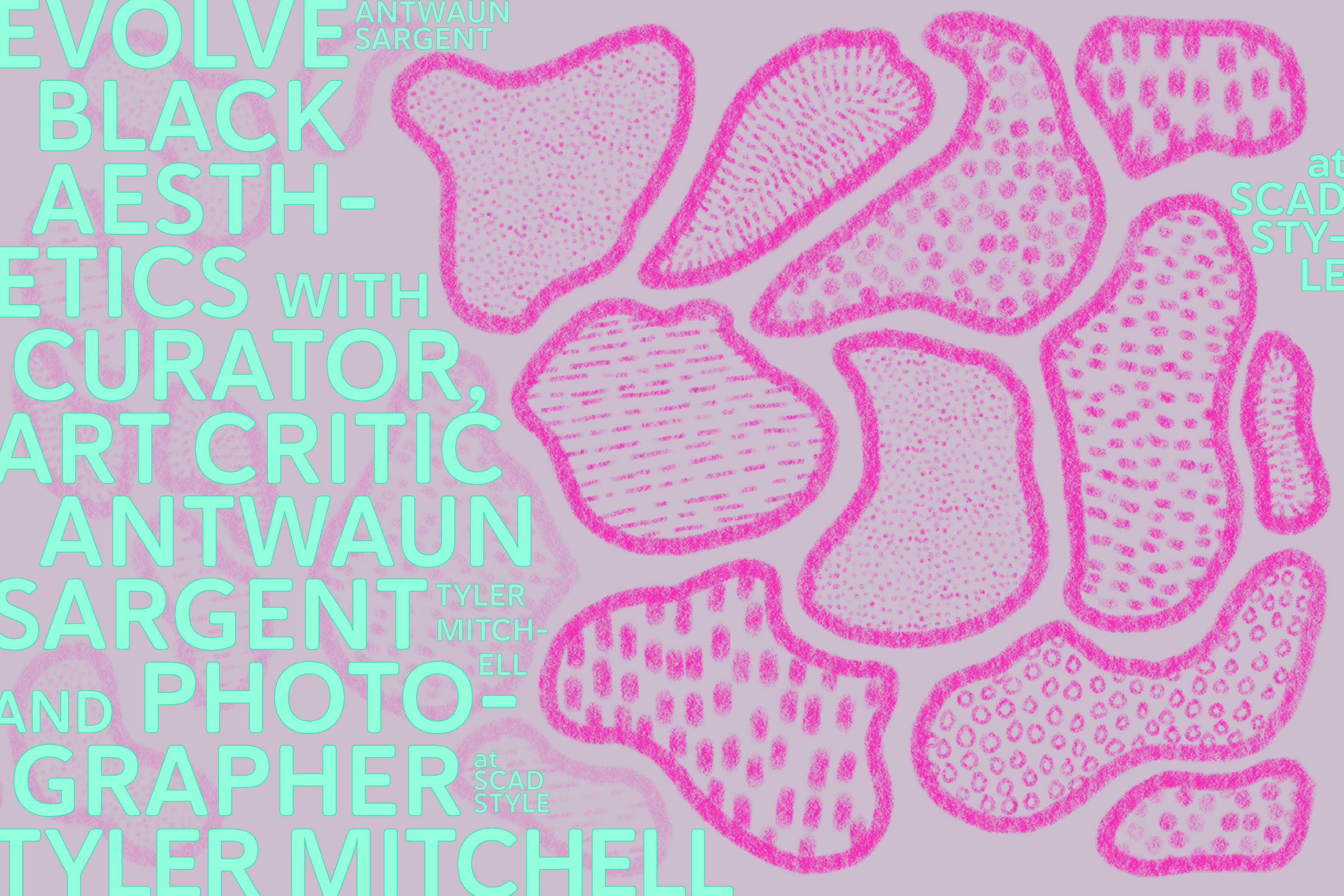Tyler Mitchell has become one of Gen-Z’s most influential artists, most known for being the first Black photographer to photograph the cover of American Vogue for Beyoncé’s September Issue in 2018. Mitchell’s work explores the concept of a black utopia, which he has presented recently in his first published monograph as well as his first solo exhibit under the same name, I Can Make You Feel Good. On Monday, April 4 in our beloved Trustees Theater, Antwaun Sargent, art curator and critic, interviewed Mitchell. Sargent is the author of the book The New Black Vanguard: Photography Between Art and Fashion, for which Mitchell’s photograph was used as the cover.
Sargent and Mitchell reviewed Mitchell’s extensive portfolio, where Mitchell explained the stories and moments behind each photograph. He emphasized the idea of creating a moment, whether for fashion or fine art. In a lot of Mitchell’s work, he uses models that have established relationships with one another, which allows for moments to be captured rather than manufactured.
This idea of capturing moments came from Mitchell’s background as an artist — he started off creating films of the skating community in Atlanta, going on to study cinematography in Film & Television at NYU. After a conversation with a professor where Mitchell shared the portraits he had taken of his friends at school, he was suggested to pursue photography. Mitchell traveled to Cuba for a six-week exchange program, where he began to develop his photography style.
At only 26, Mitchell has already shot for an impressive roster of clients, including Vogue, i-D, Dazed, Prada, Gucci, Apple, and Nike. When asked by an audience member about what it takes to shoot for Vogue, Mitchell gave the sound advice of finding your niche as an artist — not every photo is meant for Vogue. In fashion photography specifically, artists often feel pressured to shoot for the biggest name magazine, but there are so many publications where other photography styles are praised. He encouraged photographers to find companies and publications whose narratives are a good fit for a photographer’s creative vision.
Towards the end of the panel, Mitchell discussed his experience with shooting Beyoncé for Vogue. He was chosen to photograph the cover in a joint decision between Beyoncé’s team and Anna Wintour, with Beyoncé specifically looking for a young Black photographer. While Mitchell received widespread acclaim for his work for Vogue, the experience also came with criticism. Some considered Mitchell’s photography as not being a traditional style of fashion photography — Mitchell pointed out the large shadow that appears in the photo of Beyoncé and described it as something that is usually never seen in photographs for fashion. This is where Mitchell’s work blossoms. The imperfections make his fashion photography stand out in an industry where overly-perfected photos are the standard.
The panel closed with viewing one of Mitchell’s recent films, Idyllic Space. The film was a part of his solo exhibition in Amsterdam, where it was projected on the ceiling of a space intended to be watched while lying down. Mitchell’s work in the film feels like an extension of the universe he has created in his photography — a meditative reflection on Black joy in its purest form.
Words by Nicholson Baird
Graphic by Fai McCurdy.

